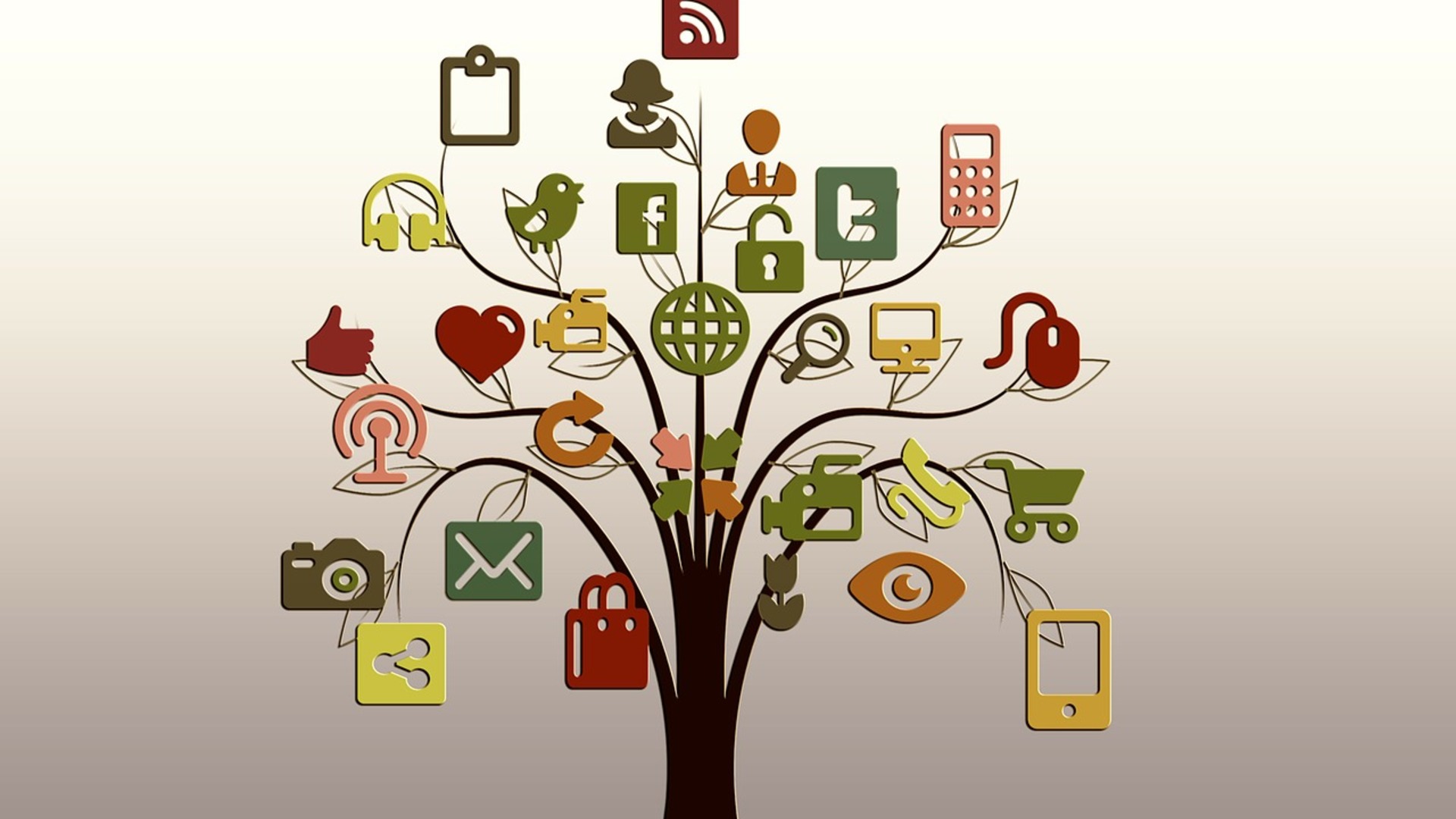Introducing Google Buzz
For anyone who hasn’t already heard, Google Buzz was introduced just last week as Google’s attempt at getting in on the social web. In effect, Buzz is a simple combination of Facebook and Twitter; users can post updates in the form of status messages, links, or images and pull in updates from a number of other sites. Buzz users can follow other Buzz users, similarly to Twitter, and any updates will be announced next to the GMail inbox.
The concept is simple enough, but won’t offer Google much leverage against already established networking sites such as Twitter and Facebook simply because the system is not well implemented as it stands. Already, Buzz has been integrated into some sites such as Mashable.com next to all the other “Tweet this” and “Share this” links and all of the hype about the system is bound to draw some users. However, there already have been some significant problems with spamming, which forced Google to release updates to Buzz. As for other issues, Buz...






